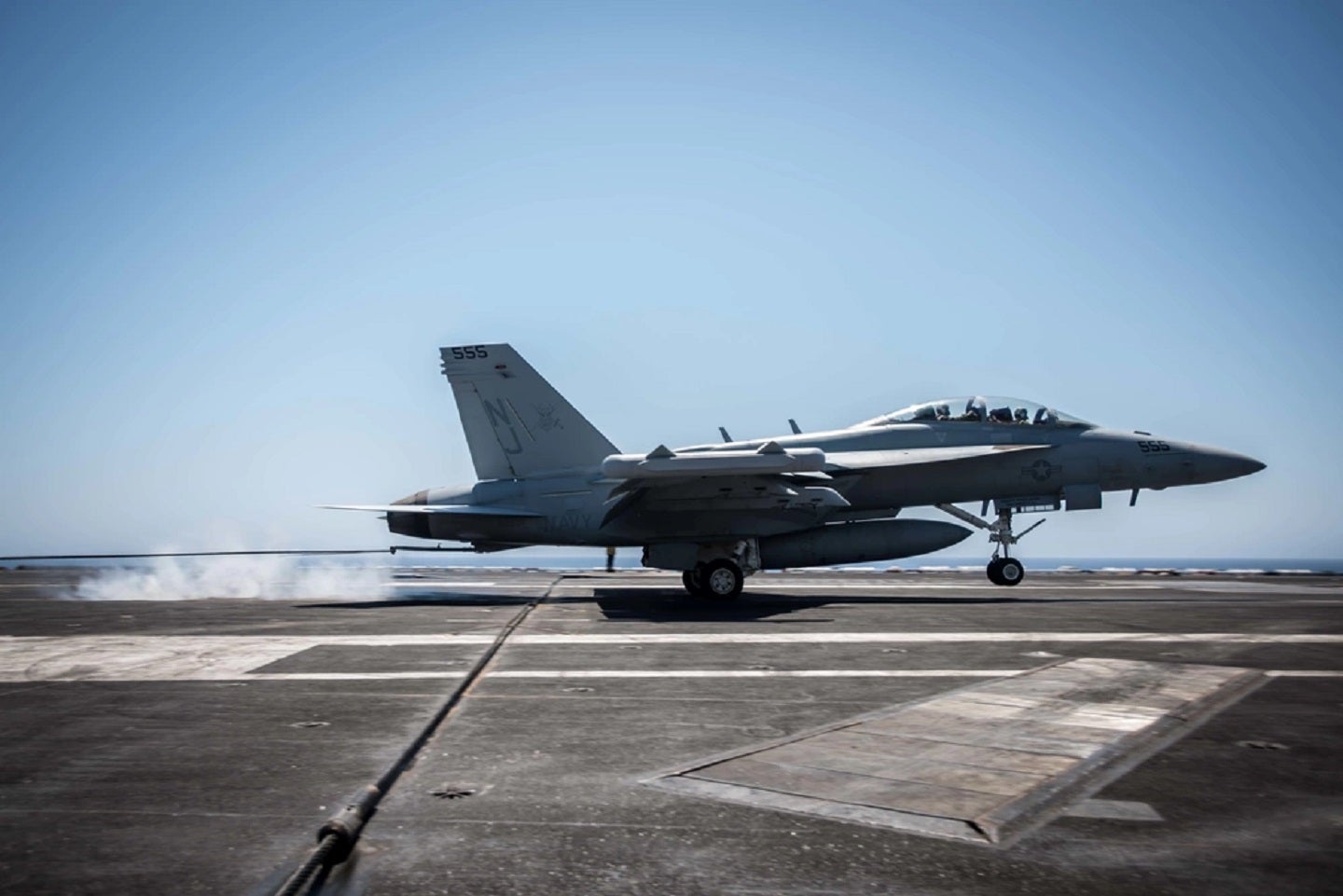
The US Naval Air Systems Command (NAC) has adopted digital twin modelling for its Airborne Electronic Attack Systems Programme (PMA-234).
A digital twin is simply a virtual model of a physical object. The digital twin can be modified and used in a computer simulation as it would in the real world; but with the added benefit of error-free manipulation.
The new digital practice will enable the agency to improve the programme’s readiness, explore new capabilities, and expedite training. The PMA-234 has developed digital twin technology with an industry partner for the past six months.
Practice makes perfect
The operators selected the pod interface unit on the ALQ-99 Tactical Jamming System (TJS). This was first used in the 1970s, and is now the first capability on which to test the new software.
The TJS is unique as an older technology that converts analogue signals to digital signals. By using an older system, the team members can test the bounds of their creativity and exploration.
The PMA-234 programme manager, David Rueter, stated: “We wanted to prove to ourselves we could take an existing piece of hardware and develop a digital twin that would be useful. We picked something fairly easy as a starting point.”
“From a capability perspective, if I have a digital model of a system that requires improved processing, I can now figure out what that upgrade is and test it out digitally before I even purchase new hardware,” Rueter added.
The PMA-234 Chief Engineer Christie Agamaite explained how a digital twin can aid in troubleshooting.
“There is a plethora of signals from a platform and an integrated system. If you are using a digital twin, you can vary those signals at myriad different rates and see the resultant behaviours in real-time. The resultant behaviours are where we find the problems.”
The digital twin approach provides the NAC with increased resiliency, efficiency, adaptability and autonomy to accelerate learning any systems.
A GlobalData report on Digital Twins (2020) suggests that the practice is still evolving. “To truly fulfill their potential, digital twins must quickly evolve into a meaningful construct and not just another technology concept in the broader Internet of Things (IoT).”



